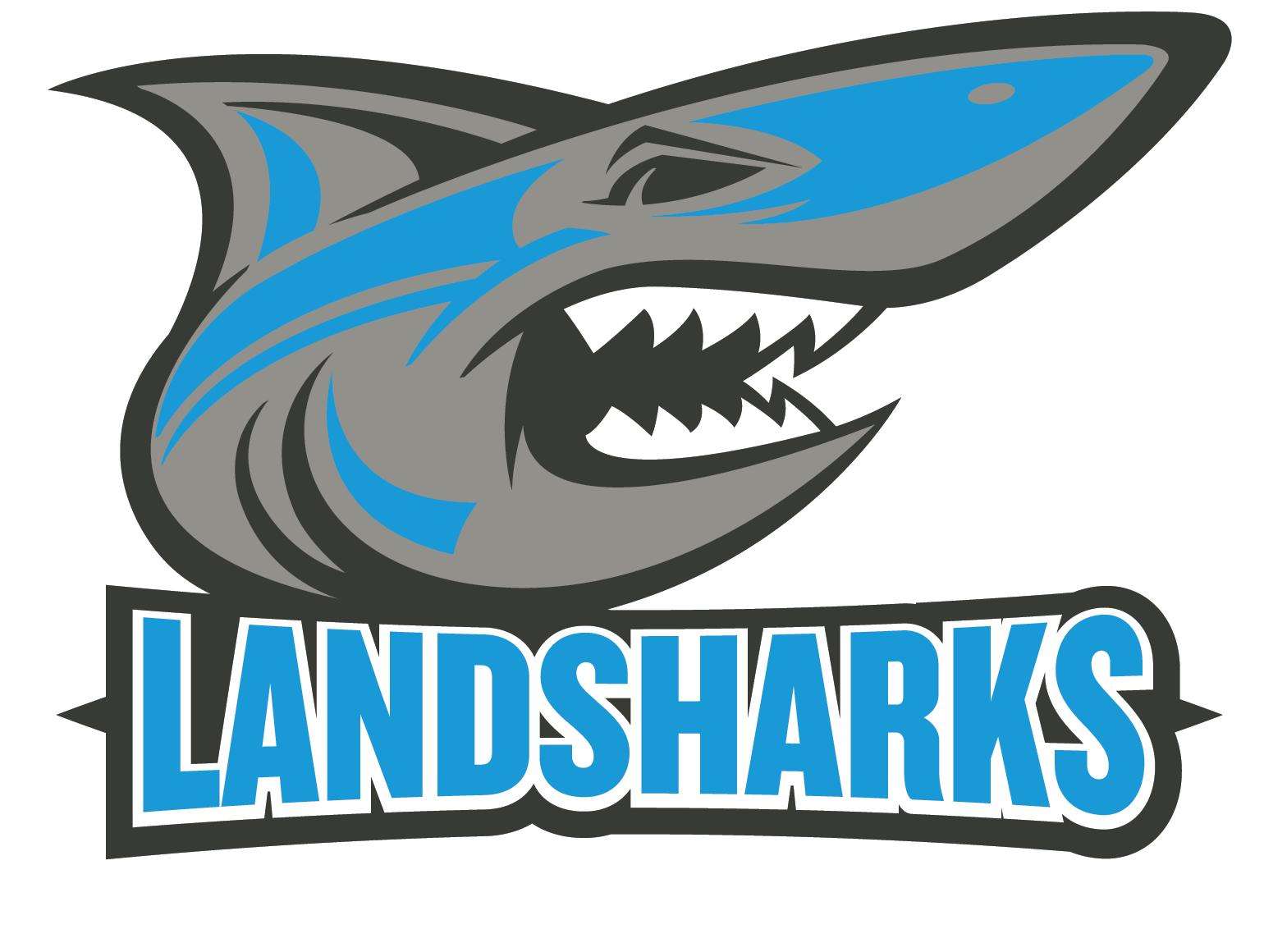4 Ways to Maximize Your Fall Ball Lacrosse Experience
By Ryan Boyle | @TrilogyLacrosse

Rich Barnes
Spring is supposed to be the season of rebirth, revival and renewal. Personally, I always viewed fall as having more phoenix-like qualities.
The start of the school year brought new challenges and surprises — a different role within the student body, new classes and teachers, and a new sports season.
So when a Trilogy summer intern bemoaned going back to college, I couldn’t quite understand. He loved lacrosse, came up through our system and played for a high-profile program perceived as being extremely fun from the outside. What gives?
His reply cut right to the bone.
“We start practice five days a week the second day of school at 7 a.m.”
Ouch.
Whether you’re a player or a coach, here are four ways to help you make the most of fall ball.
1. Focus on skill development, physical performance and lacrosse IQ.
For individual players, offseason training should focus exclusively on skill development, physical performance and lacrosse IQ. Princeton legend has it that Jesse Hubbard could be found late at night shooting by himself at “the pit,” a multi-purpose court behind Dillon Gym that eventually was replaced by university offices. He didn’t just show up to campus as the greatest shooter of all time.
If you can shoot fast, accurate and with a quick release, coaches will figure out how to play you. Scoring equals playing time. Just ask any man-up specialist, like Johns Hopkins’ Pat Fraser.
2. Develop your physical make-up.
Players can optimize their individual skills by developing their physical make-up. Duke’s Jordan Wolf and Brown’s Dylan Molloy had big scoring seasons in 2014 and 2015, respectively, after big offseasons in the weight room. As attackmen, they were the strongest players on their team, allowing them to run by and through their defenders.
Focus on footwork and explosiveness with jump-rope, speed-ladder, and plyometric exercises. Yoga and other stretching-based techniques should also be incorporated to foster flexibility and injury prevention.
3. Spend ample time with your coordinators.
Lastly, players should spend ample time with their respective coordinators to better understand their key systems. Watching film and performing strategic whiteboard sessions enable greater comprehension of core tenants and terminology.
4. Establish a vision and culture while using consequence-free practice time to explore new strategies.
Bill Tierney won six NCAA championships at Princeton despite the Ivy League cap on fall practices (12). I’ll never forget my first practice when we set up a classic fast break (4-on-3) drill. As I was setting up in the typical point-attack position, coaches moved me to the low-left spot. The midfielder was to throw “down the side” regardless of the situation (fast or slow break) for a give-and-go, leaving the remaining two attackmen on the backside in unique skip lanes. We didn’t use this strategy in the spring, but it was worth trying in the fall.
Sunday night practices typically concluded with a game of “Baggataway,” which featured all of the players on the field at the same time with multiple balls. This tradition has followed Tierney to Denver.
Virginia replaced a portion of its offseason conditioning sessions with other sports. Imagine playing basketball, flag football, or dodge ball instead of doing suicides. Dom Starsia wanted to put his players in a position where they constantly competed and see which leaders emerged across various activities. It also fostered team chemistry.

John Strohsacker
Towson coach Shawn Nadelen has an elaborate fall-ball scoring system where mini-teams across classes and positions compete in a series of tests and games, earning points and deductions for victories and failures. The winners eat steak dinners, while the losers get hot dogs.
Look forward to fall ball with these things in mind — unless it’s a 7 a.m. practice on the second day of school. In that case, I’d be dreading it too.
Ryan Boyle is the co-founder and CEO of Trilogy Lacrosse, a six-time MLL All-Star and three-time Team USA attackman, and an ESPN college lacrosse analyst. This article first appeared in the October 2015 issue of Lacrosse Magazine, the flagship publication of US Lacrosse.
Watch US Lacrosse “Stick Stories,” presented by Under Armour
In the newest episodes of “Stick Stories,” sixty of the nation’s top 2016, 2017 and 2018 high school players came together for the 10-day Trilogy Lacrosse Intensive Club Experience to help prepare them for the next level. To learn more or apply, visit TrilogyLacrosse.com


Got something to say?